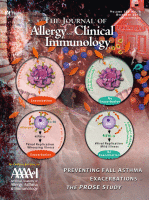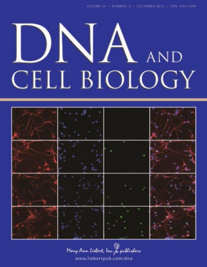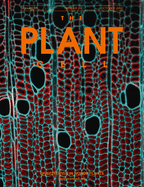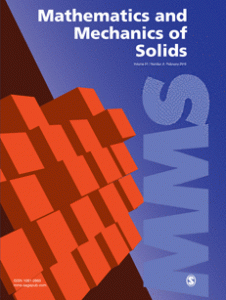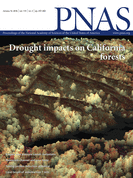 An analysis of more than 50,000 papers submitted to Proceedings of the National Academy of Sciences (PNAS) shows that those published using its “contributed track” — in which academy members can fast-track their own papers by coordinating the peer-review process themselves — have been cited less often than regular submissions, but that gap is shrinking.
An analysis of more than 50,000 papers submitted to Proceedings of the National Academy of Sciences (PNAS) shows that those published using its “contributed track” — in which academy members can fast-track their own papers by coordinating the peer-review process themselves — have been cited less often than regular submissions, but that gap is shrinking.
Although the overall average difference in citations between contributed and regular submissions was 9%, the yearly difference has declined from 13.6% in 2005 to 2.2% in 2014, according to the new study, posted before peer review on the preprint server bioRxiv by Phil Davis, an independent researcher and publishing consultant based in New York.
The contributed track is a long-standing editorial practice of PNAS, which has triggered concerns from some academics that say Continue reading Fast-tracked PNAS papers are cited less often — but gap is shrinking
